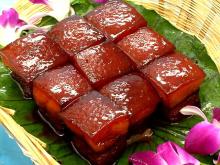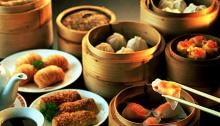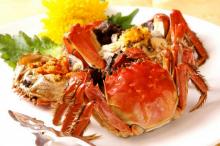Home > China Tour > China What to Eat
China Food
Chinese cuisine includes styles originating from the diverse regions of China, plus styles of Chinese people in other parts of the world. The history of Chinese cuisine in China stretches back for thousands of years and has changed from period to period and in each region according to climate, imperial fashions, and local preferences. Over time, techniques and ingredients from the cuisines of other cultures were integrated into the cuisine of the Chinese peoples due both to imperial expansion and from the trade with nearby regions in pre-modern times as well as from Europe and the New World in the modern period.
The so-called Eight Culinary Traditions of China are Anhui, Cantonese, Fujian, Hunan, Jiangsu, Shandong, Sichuan, and Zhejiang cuisines.
Anhui cuisine features elaborate choices and handling of cooking materials, ingredients, and strict control of cooking process. Wild herbs, both from land and sea, are widely used in Anhui cuisine cooking. Braising and stewing are common techniques in this culinary art.
Cantonese cuisine is the most popular style outside China. Cantonese cuisine originates from the region around Canton (Guangzhou) in southern China's Guangdong province. Cantonese cuisine includes almost all edible food in addition to the staples of pork, beef and chicken, such as snakes, snails, insects, worms, chicken feet, duck tongues, and entrails.
Sichuan cuisine, Szechuan cuisine, or Szechwan cuisine is a style of Chinese cuisine originating in the Sichuan Province of southwestern China famed for bold flavors, particularly the pungency and spiciness resulting from liberal use of garlic and chili peppers, as well as the unique flavour of the Sichuan peppercorn.
Jiangsu cuisine began in the northern and southern dynasties, and later, and is one of the two big pillars in "the practice of food in the Zhejiang cuisine competition. Jiangsu cuisine is by suzhou, yangzhou, nanjing, zhenjiang four big represented. Its characteristic is thick with light, crisp, and fresh juice broth strong but not greasy, gentle, salty and sweet.
Fujian cuisine was a latecomer in southeast China along the coast. It emphasizes seafood and river fishes. The Fujian coastal area produces 167 varieties of fish and 90 kinds of turtles and shellfish. It also produces edible bird's nest, cuttlefish, and sturgeon. These special products are widely used in Fujian dishes.
Zhejiang cuisine is one of the Eight Culinary Traditions of China. It is derived from the native cooking styles of the Zhejiang region in China. Food made in the Zhejiang style is not greasy, having instead a fresh and soft flavor with a mellow fragrance.
Hunan cuisine is well known for its hot spicy flavor, fresh aroma and deep color. Common cooking techniques include stewing, frying, pot-roasting, braising, and smoking. Due to the high agricultural output of the region, ingredients for Hunan dishes are many and varied.
Shandong cuisine, more commonly known in Chinese as Lu cuisine, is derived from the native cooking styles of Shandong, an eastern coastal province of China. Shandong cuisine is considered one of the most influential in Chinese cuisine with majority of the culinary styles in China having developed from it.

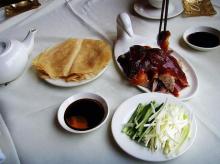
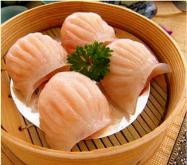
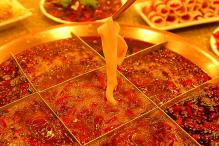
.jpg)
